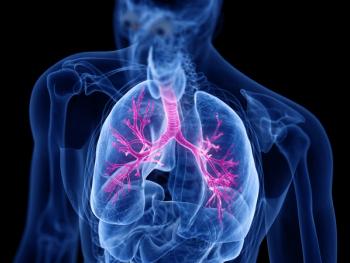
In Oncology Trials, Every Subject Counts
Results from an analysis of oncology trials suggest that many patients who are excluded from participation in clinical trials due to an elevated ECG machine-generated QTc measurement may actually have been eligible for study participation.
How Sponsors Can Prevent Unnecessary Exclusions
Subject recruitment is one of the largest challenges in pharmaceutical clinical research. This can be more challenging in the case of oncology trials, where only an estimated 3% of potential patients volunteer to participate as subjects. Sponsors of trials evaluating new oncologic drugs need every eligible subject they can get – and cannot risk unnecessarily excluding potential subjects due to inaccurate cardiac safety measurement results when determining patient eligibility.
Many clinical trials of oncologic agents utilize electrocardiogram (ECG) machine measurements of QTc for inclusion / exclusion and dosing decisions, though their reliability in this setting has not been established. Concurrently, there is a general perception that ECG machine measurements of QTc are accurate and precise. However, it is less widely known that ECG machine algorithms may significantly under-measure or over-measure the QT interval and heart rate, leading to errors in the derived value of QTc.
A recent study was performed to compare machine-generated ECG measurements (which rely on automated algorithms) versus high-precision ECG analysis generated through centralized cardiac safety measurement. The study was a retrospective, blinded evaluation of more than 270,000 consecutive ECGs collected from 299 clinical oncology trials. It compared decentralized, ECG machine-generated QTc measurements collected by various devices and analyzed via automated, device-based algorithms with measurements obtained through centralized cardiac safety services. The centralized ECG measurements were collected by standardized ECG devices across investigative sites, analyzed via a semi-automated methodology and reviewed by trained cardiologists. The results of the study demonstrated significant differences between the two measurement/analysis approaches, which may impact subject recruitment and retention.
While on average, ECG machine-measured QTc values were very similar to the central core lab measurements, there were very significant discrepancies – up to 45% of patients who would have been excluded from enrollment based on machine QTc measurements were eligible after correct centralized measurement. These results suggest that many patients who are excluded from participation in clinical trials due to an elevated ECG machine-generated QTc measurement may actually have been eligible for study participation. In addition, up to 77% of patients who would have had medication doses withheld based on machine QTc measurements were actually able to continue dosing based on the centralized measurements. By unnecessarily excluding potential subjects or withholding doses from patients who are actually still eligible to receive medication, this denies access to potentially lifesaving investigational therapies for patients who may have exhausted all conventional therapies in their battle against cancer.
The study, “Benefits of Centralized ECG Reading in Clinical Oncology Studies” which was conducted by ERT and published in Therapeutic Innovation & Regulatory Science (TIRS), August 2015 can be found
Robert Kleiman, M.D., Chief Medical Officer and Vice President, Global Cardiology, ERT
Newsletter
Stay current in clinical research with Applied Clinical Trials, providing expert insights, regulatory updates, and practical strategies for successful clinical trial design and execution.



